Home>Interior Design>Trellis Ideas: 17 Beautiful Ways To Add Vertical Interest
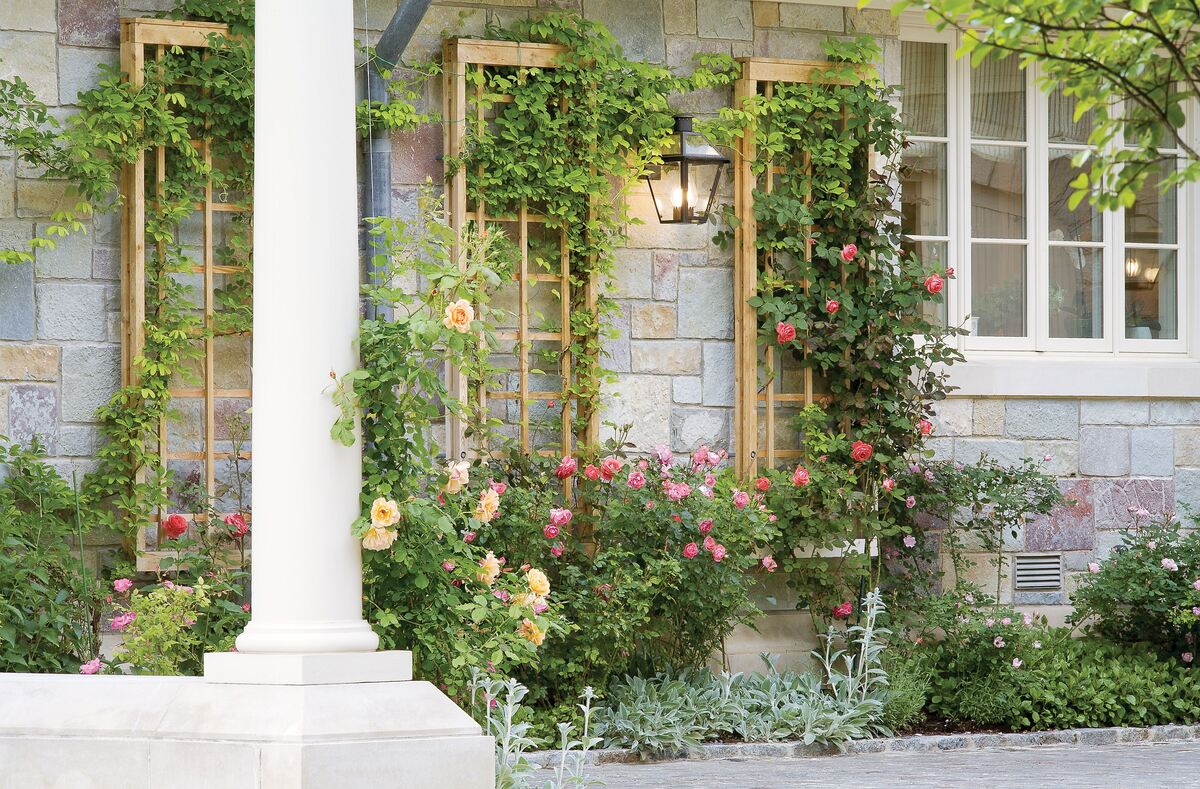

Interior Design
Trellis Ideas: 17 Beautiful Ways To Add Vertical Interest
Modified: February 26, 2024
Looking for interior design inspiration? Explore our collection of 17 beautiful trellis ideas to add vertical interest to your space.
(Many of the links in this article redirect to a specific reviewed product. Your purchase of these products through affiliate links helps to generate commission for Storables.com, at no extra cost. Learn more)
Introduction
When it comes to interior design, it’s not just about what’s happening on the floor and walls. Adding vertical interest to a space can take the aesthetic to a whole new level. One way to achieve this is by incorporating trellis designs into your home or office.
Trellises are versatile structures that can be used both indoors and outdoors to create a visually stunning focal point. Whether you have a small apartment balcony, a sprawling garden, or a commercial space, trellises offer endless possibilities for adding style and functionality.
In this article, we will explore 17 beautiful trellis ideas that can transform any space into a botanical paradise. From living walls to rope trellises, there’s something for every design preference and level of expertise. So, let’s dive in and discover the magic of trellises!
Key Takeaways:
- Elevate your space with stunning trellis designs that add vertical interest, functionality, and beauty to any interior or exterior. From living wall trellises to rustic twig trellises, there’s a perfect option for every design preference and skill level.
- Transform your environment with the magic of trellises, whether you have a small balcony, a spacious garden, or an office space. Embrace the beauty and potential of vertical gardening as you enhance your living and working spaces with these stunning trellis designs.
Living Wall Trellis
A living wall trellis is a stunning way to bring the beauty of nature indoors. It involves using a trellis structure to support climbing plants, creating a vertical garden that can serve as a focal point in any room.
One popular living wall trellis design is the modular system, where individual panels are mounted on a wall and filled with a variety of plants. This allows for flexibility in design and easy maintenance, as you can rearrange or replace panels as needed.
To create a living wall trellis, first, choose a suitable location with sufficient natural light. Then, install the trellis system securely on the wall, ensuring it can bear the weight of the plants. The next step is choosing the right plants for your living wall. Opt for species that thrive in indoor environments and require minimal care, such as pothos, philodendron, or ferns.
Once your trellis is set up and plants are selected, it’s time to start arranging. Arrange the plants on the trellis, taking into consideration their growth patterns and ensuring they have enough space to flourish. Use hooks, wires, or plant clips to secure the plants to the trellis, ensuring they have proper support.
Maintaining a living wall trellis involves regular watering, pruning, and monitoring for pests. Make sure to provide adequate water to keep the plants hydrated, but be cautious not to overwater and cause root rot. Additionally, trim any dead or yellowing leaves and inspect the plants regularly for signs of pests, such as aphids or spider mites.
A living wall trellis can be a breath of fresh air in any space, both literally and figuratively. It adds a touch of nature to your interior design, purifies the air, and creates a calming atmosphere. Whether you choose to install it in a living room, dining area, or office, a living wall trellis is sure to be a conversation starter and a constant source of inspiration.
Bamboo Trellis
Bamboo trellises are not only visually appealing but also eco-friendly. Bamboo, known for its strength and flexibility, is an excellent material for creating trellises that can withstand the elements and support climbing plants.
One of the benefits of using bamboo for a trellis is its natural aesthetic. The unique texture and earthy tones of bamboo can add a touch of rustic charm to any space. Whether you’re looking to adorn your backyard or create an indoor garden, a bamboo trellis can be a versatile and sustainable option.
To create a bamboo trellis, you will need bamboo poles, twine, and a saw or pruners. Start by determining the desired height and width of your trellis. Then, cut the bamboo poles to size, making sure to have enough poles to create a sturdy structure.
Next, arrange the bamboo poles in a grid-like pattern, leaving enough space between each pole for plants to weave through. Use twine to secure the intersections of the bamboo poles, ensuring they are tightly fastened together.
Once the structure is complete, it’s time to install the bamboo trellis in your desired location. If you’re using it outdoors, make sure to anchor it securely in the ground. Indoors, you can attach it to a wall or use a freestanding bamboo trellis to add visual interest to any corner.
Plant selection is key when it comes to a bamboo trellis. Opt for climbing or vining plants, such as jasmine, morning glories, or passionflowers. These plants will naturally wrap around the bamboo poles and create an enchanting display of foliage and blooms.
Maintaining a bamboo trellis involves regular inspection for any signs of damage or instability. Bamboo is a durable material, but it can be susceptible to rot if exposed to excessive moisture. Keep an eye out for any decaying or weakened poles and replace them as needed.
A bamboo trellis is not only functional as a support structure but also adds a touch of natural beauty to your space. Its earthy tones and sustainable nature make it a popular choice among eco-conscious interior enthusiasts. So, go ahead and embrace the charm of bamboo with a trellis that adds both structure and style to your living environment.
Metal Grid Trellis
For a sleek and modern look, a metal grid trellis is a perfect choice. The clean lines and metallic finish of this trellis design add a contemporary touch to any space, whether it’s a home, office, or outdoor area.
A metal grid trellis is typically made of sturdy materials such as steel or aluminum. It consists of a grid-like pattern with evenly spaced openings, providing ample support for climbing plants while allowing light to pass through.
When it comes to installing a metal grid trellis, you have several options. It can be attached to a wall or freestanding, depending on your preference and the available space.
To install a metal grid trellis, start by determining the desired location and mark the spots where the trellis will be mounted. Use a drill to create holes for the screws or anchors, and then secure the trellis to the wall or ground. Make sure the trellis is level and stable before proceeding.
Once the metal grid trellis is in place, it’s time to select the plants that will adorn it. Consider choosing fast-growing climbers such as clematis, sweet peas, or ivy to achieve quick and lush coverage. These plants will find their way through the openings in the grid, creating an intricate and captivating display.
Regular maintenance is essential to keep a metal grid trellis looking its best. Inspect the structure periodically for any signs of rust or corrosion, especially if it’s installed outdoors. In case of any damage or wear, sand the affected areas and apply a metal primer and paint to protect it from further deterioration.
A metal grid trellis is not only visually appealing but also versatile in terms of its applications. It can be used as a backdrop for a patio seating area, a partition wall to define different spaces, or even as a decorative element inside your home. With its sleek and contemporary design, a metal grid trellis is sure to make a statement and add a touch of modern sophistication to your interior or exterior design.
Rope Trellis
If you’re looking for a unique and budget-friendly trellis option, a rope trellis might be just what you need. This simple yet elegant design is created using ropes, providing a rustic and natural look to any space.
To create a rope trellis, you will need thick and sturdy ropes, hooks, or eye screws for mounting, and clips or ties to secure the ropes in place. Start by determining the desired height and width of your trellis and mark the positions where the ropes will be attached.
Next, install the hooks or eye screws on the wall or support structure, making sure they are firmly anchored. You can create a vertical or horizontal arrangement, depending on your design preference.
Once the hooks or eye screws are in place, attach the ropes by tying them securely. You can opt for a crisscross pattern or a more random arrangement, depending on the desired style. Make sure to leave enough slack in the ropes for plants to grow and weave through.
When it comes to plant selection for a rope trellis, consider climbing or trailing varieties that can easily wrap around the ropes. Plants like morning glory, climbing roses, or creeping fig are excellent choices that will add a burst of color and greenery to your trellis design.
Maintaining a rope trellis is relatively simple. Regularly inspect the ropes for fraying or signs of wear and replace them as needed. Also, monitor the growth of your plants and guide them to wrap around the ropes to ensure proper coverage.
A rope trellis brings a charming and rustic vibe to any space. Whether you choose to install it in your garden, balcony, or even indoors, it adds a touch of natural beauty and creates an inviting atmosphere. The simplicity and affordability of a rope trellis make it a popular choice for DIY enthusiasts and those looking for a unique trellis design.
Pallet Trellis
When it comes to upcycling and repurposing, a pallet trellis is a fantastic option. Pallets, with their sturdy construction and unique design, can be transformed into a functional and visually appealing trellis for your climbing plants.
To create a pallet trellis, you will need a pallet, a saw, screws or nails, and a drill. Start by dismantling the pallet if it’s not already in individual pieces. Once you have the pallet boards separated, determine the desired width and height of your trellis.
Using a saw, trim the pallet boards to the desired length and remove any excess nails or splinters. Arrange the boards vertically, leaving a gap between each board for plants to weave through and grow.
Next, secure the boards together using screws or nails. Make sure the structure is stable and can withstand the weight of the climbing plants that will be supported. If needed, reinforce the corners or edges for added durability.
Once your pallet trellis is assembled, it’s time to install it in your desired location. Depending on its size, you can attach it to a wall, lean it against a fence, or create a freestanding structure by adding stakes or posts for support.
When it comes to plant selection for a pallet trellis, consider fast-growing climbers like clematis, honeysuckle, or climbing roses. These plants will quickly cover the trellis and create a lush and vibrant display.
Maintaining a pallet trellis involves regular inspection for any signs of damage or instability. Check the screws or nails periodically to ensure they are secure and tighten as necessary. Additionally, monitor the growth of your plants and guide them to wrap around the pallet boards to achieve full coverage.
A pallet trellis not only adds a touch of rustic charm to your space but also promotes sustainability and repurposing. By transforming a pallet into a trellis, you’re reducing waste and giving new life to an otherwise discarded material. So, get creative and enjoy the beauty of your pallet trellis adorned with lush climbing plants.
Ladder Trellis
If you’re looking for a versatile and visually appealing trellis option, a ladder trellis can be a perfect fit. This unique design combines the functionality of a trellis with the charm of a vintage ladder, creating a captivating focal point in any space.
To create a ladder trellis, you will need an old wooden ladder or a new ladder that has been distressed for a vintage look. Choose a ladder that is sturdy and has rungs or steps that can support the weight of climbing plants.
Start by cleaning and preparing the ladder for outdoor use, if necessary. If the ladder is freshly painted, consider sanding it down to create a weathered appearance. If it’s an old ladder with existing paint, check for any loose or chipped paint that may require scraping or sanding.
Once your ladder is ready, decide on the position and orientation. You can lean it against a wall, fence, or tree, or you can set it up vertically by attaching it to stakes or posts for stability.
When it comes to planting, consider choosing climbing plants that suit your climate and the amount of sunlight in the area. Some popular choices include clematis, jasmine, or sweet peas. Plant each vine at the base of the ladder, and guide the growth of the plants to wrap around the rungs or steps.
Maintaining a ladder trellis involves regular inspection for any signs of wear or instability. Check the ladder for loose screws or weak spots and repair as necessary. Additionally, water and fertilize the plants according to their specific needs to ensure healthy growth and vibrant blooms.
A ladder trellis adds both functionality and character to any space. It can be placed in a garden, on a patio, or even indoors next to a sunny window. Whether your design style is rustic, farmhouse, or eclectic, a ladder trellis can be a versatile and eye-catching addition to your interior or exterior space.
Obelisk Trellis
An obelisk trellis is an elegant and striking option for adding vertical interest to your garden or outdoor space. Resembling a pyramid or obelisk-shaped structure, this trellis design provides a sturdy framework for climbing plants to flourish.
To create an obelisk trellis, you can choose from various materials such as wood, metal, or even PVC pipes. If you prefer a DIY approach, you can construct the obelisk using wooden stakes or dowels that are connected at the top to form a pyramid shape.
Start by measuring and cutting the stakes or dowels to your desired height. Typically, obelisk trellises are around 6-8 feet tall, but you can adjust the size according to your space and preference.
Once you have the pieces cut, assemble the obelisk by connecting the stakes or dowels at the top using screws, nails, or strong twine. Make sure the structure is securely fastened to ensure stability.
When it comes to installing the obelisk trellis, place it in the desired spot in your garden or planter. You may need to push the stakes into the ground to provide a sturdy foundation.
Select climbing plants that are suitable for your climate and light conditions. Popular choices for obelisk trellises include sweet peas, morning glories, or climbing roses. Plant them at the base of the trellis and guide their growth to wind around the structure.
Maintaining an obelisk trellis involves regular inspection to ensure that the structure remains stable. Check the connection points and tighten any screws or nails if needed. Additionally, monitor the growth of your plants and guide them to wrap around the trellis for maximum support and coverage.
An obelisk trellis adds an element of grandeur and sophistication to your outdoor space. Whether you place it in a flower bed, vegetable garden, or even a container garden, it becomes a focal point that enhances the overall aesthetic appeal. Enjoy watching your climbing plants ascend the obelisk trellis and create a captivating display of beauty and nature.
Arch Trellis
An arch trellis is a stunning and romantic addition to any garden or outdoor space. This trellis design features a graceful arch shape, providing a captivating entrance or focal point that adds a touch of elegance and charm.
To create an arch trellis, you have several options for materials. You can use wood, metal, or even PVC pipes, depending on your preference and the desired aesthetic. Choose a material that is sturdy enough to support the weight of climbing plants and withstand outdoor conditions.
Start by measuring and cutting the pieces for your arch trellis. If using wood, cut two longer pieces for the sides of the arch and two shorter pieces for the top. Securely join the pieces together using screws, nails, or brackets to create the arch shape.
If you prefer a metal or PVC pipe arch trellis, you can find pre-formed arches at garden centers or craft them yourself using bending techniques. Make sure the arch is smooth and free of sharp edges.
Determine the ideal location for your arch trellis, such as at the entrance of a garden path or as a focal point in a flower bed. Dig two holes in the ground where the arch will be placed and insert the legs or supports of the trellis securely into the ground.
When it comes to selecting plants for an arch trellis, opt for climbing or vining varieties that will gracefully ascend and drape over the structure. Roses, honeysuckle, or flowering vines like wisteria are popular choices that will create a beautiful display.
Maintaining an arch trellis involves regular inspection to check for any signs of damage or instability. Make sure the legs or supports are securely in place and adjust as needed. Additionally, train your plants to grow along the trellis and trim any excess growth to maintain the desired shape.
An arch trellis adds a touch of romance and allure to your outdoor space. It serves as a stunning entrance or focal point that invites you into a garden oasis. Whether you choose a wooden, metal, or PVC arch trellis, the beauty it brings when adorned with lush climbing plants is simply enchanting.
Teepee Trellis
A teepee trellis is a charming and practical option for supporting climbing plants in your garden. This trellis design features a teepee or pyramid shape, providing a unique and eye-catching structure that adds both height and visual interest to your outdoor space.
To create a teepee trellis, you will need long stakes or poles made of sturdy materials such as wood, bamboo, or metal. Start by measuring and cutting the stakes to the desired height. For stability, it’s best to have stakes that are at least 6 feet tall.
Once you have your stakes ready, gather them in a bundle at the top and tie them together securely using twine, wire, or rope. Make sure the top is tightly bound to ensure stability and structural integrity.
For installation, choose a suitable location in your garden that receives adequate sunlight and has enough space for the teepee structure. Insert the bottoms of the stakes into the ground, spacing them evenly in a circular or triangular pattern.
It’s important to push the stakes deep enough into the ground to provide stability. If necessary, you can add rocks or soil around the base of the stakes to secure them further.
Once the teepee trellis is set up, it’s time to select climbing plants that will thrive in this structure. Consider fast-growing varieties such as cucumbers, beans, or morning glories. Plant these at the base of the teepee and guide their growth to wrap around and climb up the stakes.
Regular maintenance is essential to keep the teepee trellis in good condition. Check the stakes periodically to ensure they are secure and adjust if needed. As the plants grow, provide support and gently guide their tendrils around the structure, encouraging them to climb.
A teepee trellis brings both functionality and charm to your garden. It creates a focal point and vertical dimension that draws the eye and adds visual interest to your outdoor space. Embrace the whimsical appeal of a teepee trellis and enjoy watching the beauty of climbing plants intertwine and climb to new heights.
Consider using climbing plants such as ivy, clematis, or wisteria to add natural beauty and texture to your trellis. These plants can create a stunning vertical garden and provide a lush backdrop for your outdoor space.
Wire Mesh Trellis
A wire mesh trellis is a versatile and durable option for supporting climbing plants in your garden or outdoor space. This trellis design consists of a grid-like structure made of wire mesh, providing strong support and ample space for plants to climb and thrive.
To create a wire mesh trellis, you will need wire mesh panels, wire cutters, and zip ties or garden clips for securing the mesh. Wire mesh panels are available in various sizes and can be found at garden centers or home improvement stores.
Start by measuring and cutting the wire mesh panels to the desired size for your trellis. Consider the space available and the height you want to achieve. It’s recommended to have a trellis that is at least 6 feet tall to accommodate most climbing plants.
Once you have the panels ready, position them vertically or horizontally, depending on your design preference. Attach the panels together using zip ties or garden clips, ensuring they are tightly secured at the corners and along the edges.
For installation, choose the location in your garden where you want to install the wire mesh trellis. Use stakes or attach the trellis to a wall or fence, making sure it is stable and anchored securely.
When it comes to selecting plants for a wire mesh trellis, choose climbers or vining plants that can easily weave through the openings of the mesh. Popular choices include tomatoes, peas, or decorative vines such as clematis or sweet peas.
Maintaining a wire mesh trellis involves regularly checking the stability of the structure and ensuring it is firmly secured. Additionally, prune and guide your plants as they grow, gently training them to wrap around and climb the wire mesh.
A wire mesh trellis offers a practical and reliable solution for supporting climbing plants. It provides a strong framework for plants to grow and climb, creating a beautiful vertical display in your garden. Embrace the versatility of a wire mesh trellis and enjoy watching your plants thrive as they reach new heights.
Window Box Trellis
A window box trellis is a clever and space-saving option for adding vertical interest to your windows and enhancing the curb appeal of your home. This trellis design combines the functionality of a trellis with the beauty of window boxes, creating a stunning display of climbing plants.
To create a window box trellis, you will need a window box planter, a trellis structure, screws or brackets for mounting, and climbing plants of your choice.
Start by selecting a window box planter that fits the dimensions of your window sill. Choose a material that complements your home’s exterior, such as wood, metal, or plastic.
Next, choose a trellis structure that fits the width of your window box planter. Prefabricated trellises or DIY trellis panels made of wood or metal can be attached to the back or sides of the planter.
Using screws or brackets, fasten the trellis to the back or sides of the window box planter securely. Make sure it is firmly in place and can support the weight of climbing plants.
Once the window box trellis is assembled, fill the planter with potting soil and choose climbing plants that thrive in your climate and light conditions. Popular choices include ivy, morning glories, or trailing roses.
Plant the climbing plants in the window box, positioning them near the trellis structure. As they grow, gently guide their tendrils and stems to climb and intertwine with the trellis.
Maintaining a window box trellis involves regular watering and feeding of the plants in the planter. Monitor the growth of the climbing plants and guide them as necessary to ensure they continue to grow along the trellis.
A window box trellis adds charm and beauty to any home, creating a picturesque scene as climbing plants cascade and climb up the trellis. It allows you to enjoy the benefits of vertical gardening while enhancing the exterior of your home. Embrace the elegance of a window box trellis and let it transform your windows into vibrant and inviting focal points.
Trellis Planter Combo
A trellis planter combo combines the functionality of a trellis with the beauty of a planter, offering a stylish and space-saving solution for supporting climbing plants while displaying vibrant blooms or lush foliage.
To create a trellis planter combo, you will need a sturdy trellis structure, a planter box or container, potting soil, and climbing plants of your choice.
Start by selecting a trellis structure that fits your design preferences and space requirements. This can be a freestanding trellis or one that is designed to be attached to a wall or fence.
Next, choose a planter box or container that complements the style of your trellis. It should be large enough to accommodate the root system of your chosen plants.
Attach the trellis to the planter box or container securely, making sure it is stable and can withstand the weight of the climbing plants and soil.
Fill the planter box with potting soil, leaving enough space for the root system of your plants. Ensure the soil is well-drained and suitable for the specific plants you will be growing.
Now, it’s time to select your climbing plants. Choose varieties that are well-suited to your region’s climate and light conditions. Popular choices include jasmine, clematis, or bougainvillea.
Plant the climbing plants in the planter box, positioning them near the trellis structure. Gently guide their stems and tendrils towards the trellis, allowing them to naturally intertwine and climb as they grow.
Maintaining a trellis planter combo involves regular watering and feeding of the plants, as well as monitoring their growth and guiding them along the trellis as necessary.
A trellis planter combo not only serves as a functional support structure for climbing plants but also adds beauty and visual interest to your outdoor space. It allows you to enjoy the benefits of vertical gardening while displaying vibrant blooms or lush greenery in a stylish and space-saving manner. Embrace the versatility of a trellis planter combo and let it enhance the aesthetics of your garden or patio.
Read more: How To Make Trellis For Vertical Garden
Privacy Trellis
A privacy trellis is a wonderful solution for creating a secluded and intimate outdoor space. This trellis design not only adds beauty and greenery to your surroundings but also provides privacy from neighbors or street views.
To create a privacy trellis, you will need a sturdy trellis structure, climbing plants, and materials for installation.
Start by selecting a trellis structure that is tall and wide enough to provide the desired privacy. You can choose a freestanding trellis or one that can be attached to an existing fence or wall.
Install the trellis structure in the desired location, ensuring it is securely anchored and can withstand wind or other outdoor elements.
Choose climbing plants that are well-suited to your climate and light conditions. Options such as evergreen vines, flowering vines, or tall grasses can provide both privacy and visual interest.
Plant the climbing plants near the base of the trellis, spacing them evenly and providing enough room for growth. Guide the plants towards the trellis, gently training their vines or stems to climb and cover the structure.
As the climbing plants grow, periodically guide and prune them to encourage full coverage of the trellis and optimal privacy. Regular watering and fertilizing are essential to keep the plants healthy and thriving.
In addition to plant coverage, consider incorporating other privacy elements, such as hanging curtains, outdoor blinds, or potted plants, to further enhance the privacy of your trellis space.
Maintaining a privacy trellis involves regular care for the climbing plants, including watering, pruning, and monitoring for pests or diseases. Inspect the trellis structure periodically to ensure it remains stable and make any necessary repairs or adjustments.
A privacy trellis not only provides an oasis of seclusion but also adds natural beauty and greenery to your outdoor area. It allows you to create a peaceful and private retreat where you can relax, entertain, or enjoy quality time with loved ones. Embrace the serenity of a privacy trellis and transform your outdoor space into a private sanctuary.
Fan Trellis
A fan trellis is a visually striking and space-efficient option for supporting climbing plants in your garden or outdoor area. This trellis design features a fan-shaped structure that adds a unique and artistic touch to your vertical garden.
To create a fan trellis, you will need a sturdy framework, such as wooden slats or metal rods, and materials for installation.
Start by selecting the size and shape of your fan trellis. Determine the height and width you desire, keeping in mind the space available and the plants you plan to grow.
Construct the fan trellis using the chosen material. Cut the wooden slats or metal rods to the desired length and arrange them in a fan shape, with the lower ends meeting at a central point and the upper ends fanning outwards.
Secure the slats or rods in place using screws, nails, or wire. Ensure the structure is stable and can withstand the weight of the climbing plants.
Choose climbing plants that suit the climate and light conditions of your outdoor area. Consider vining plants, such as grapes, jasmine, or honeysuckle, that can easily wrap around and climb the fan trellis.
Plant the climbing vines at the base of the fan trellis, spacing them evenly and providing enough room for growth. As the plants grow, guide their tendrils and stems along the slats or rods of the trellis, encouraging them to climb and create a captivating display.
Maintaining a fan trellis involves regular care for the climbing plants, including watering, pruning, and fertilizing. Monitor the growth of the plants and gently guide them to ensure optimal coverage of the trellis structure.
A fan trellis offers a unique and eye-catching element to your garden or outdoor space. Its fan-shaped design adds a touch of artistry and elegance while supporting climbing plants and adding vertical interest. Embrace the beauty of a fan trellis and enjoy the visual splendor created by climbing vines as they weave their way through the structure.
Woven Trellis
A woven trellis is a beautiful and intricate option for supporting climbing plants in your garden or outdoor area. This trellis design involves weaving branches or flexible materials together to create a natural and artistic support structure.
To create a woven trellis, you will need branches or flexible materials, such as willow rods or grapevines, and materials for installation.
Start by collecting branches or flexible materials of the desired length and thickness. These can be freshly cut branches or materials that have been soaked in water to make them more pliable.
Choose the location for your woven trellis and clear any debris or weeds. Determine the height and width you want to achieve and prepare the area for installation.
Begin by inserting vertical stakes or posts into the ground in a line, creating the framework for your trellis. The number of stakes will depend on the size of your trellis and how closely spaced you want the woven branches to be.
Take the branches or flexible materials and start weaving them horizontally between the vertical stakes. Weave the branches over and under each vertical stake, ensuring they are tightly secured. Continue weaving until you have covered the desired width of the trellis.
For additional support and stability, use garden twine or wire to secure the woven branches to the vertical stakes or posts. This will help reinforce the structure and prevent any movement or sagging.
Choose climbing plants that will thrive in your climate and light conditions. For a woven trellis, consider plants with delicate tendrils, like sweet peas, beans, or climbing roses. Plant them at the base of the trellis and gently guide their growth to weave through the woven branches.
Maintaining a woven trellis involves periodically checking the structure for any signs of damage or weakness. Trim any excess growth from the climbing plants and guide them to continue weaving through the branches of the trellis.
A woven trellis adds a touch of natural beauty and craftsmanship to your garden. Its intricate and organic design provides both support and a visually stunning backdrop for climbing plants. Embrace the artistry of a woven trellis and enjoy the magical interplay between plants and woven branches in your outdoor space.
String Trellis
A string trellis is a simple yet effective option for supporting climbing plants in your garden or outdoor area. This trellis design uses vertical strings to provide a structure for plants to climb and create a beautiful display of foliage and blooms.
To create a string trellis, you will need sturdy support posts or stakes, garden twine or strong string, and materials for installation.
Start by installing the support posts or stakes at regular intervals, depending on the size of your trellis and the spacing you desire. These posts will serve as the vertical anchors for the strings.
Attach the garden twine or string to the top of one support post, ensuring it is tightly secured. Stretch the string horizontally to the next support post and secure it at the same height. Repeat this process until you have created a series of horizontal lines across the support posts.
For additional support, you can weave the string vertically between the horizontal lines, creating a lattice-like pattern. This will provide further stability for the climbing plants as they grow.
Choose climbing plants that suit your climate and light conditions. Vining plants like beans, cucumbers, or morning glories are excellent choices for a string trellis. Plant them at the base of the trellis, positioning each plant near a vertical string.
As the plants grow, gently guide their vines and tendrils to wrap around the strings, encouraging upward growth. Secure any loose or wayward growth to the trellis to keep the plants properly supported.
Maintaining a string trellis involves periodically checking the strings for any signs of wear or weakness. Replace or tighten them as needed to ensure the structure remains stable. Prune and train the climbing plants to maintain a tidy and well-supported appearance.
A string trellis offers a minimalist and straightforward approach to supporting climbing plants. It provides an efficient and aesthetically pleasing way to showcase the natural beauty of your garden. Embrace the simplicity of a string trellis and enjoy the enchanting display of plants as they gracefully ascend the vertical strings.
Twig Trellis
A twig trellis adds a rustic and whimsical touch to your garden or outdoor space. This trellis design utilizes natural materials, such as twigs and branches, to create a charming support structure for climbing plants.
To create a twig trellis, you will need thin and flexible branches or twigs, gardening twine or wire, and materials for installation.
Start by collecting twigs or branches of varying lengths and thicknesses. Look for ones that are relatively straight and pliable, as they will be easier to work with.
Determine the size and shape of your twig trellis. This can be a simple A-frame structure or a more elaborate design, depending on your preference and the space available.
Using gardening twine or wire, connect the twigs together to form the desired shape of the trellis. Start at the top and work your way down, securing each twig to the adjacent one to create a sturdy and cohesive structure.
For additional support, weave the twine or wire horizontally and vertically between the twigs, creating a lattice-like pattern. This will reinforce the structure and provide stability for climbing plants.
Choose climbing plants that are well-suited to your climate and light conditions. Options like sweet peas, morning glories, or jasmine work well with a twig trellis. Plant them at the base of the structure and guide their growth to weave through the twigs as they climb.
Maintaining a twig trellis involves periodically checking the structure for any signs of damage or weakness. Trim any excess growth from the climbing plants and gently guide them to continue weaving through the twigs.
A twig trellis adds a touch of natural beauty and whimsy to your garden. Its organic and rustic design provides a unique backdrop for climbing plants to flourish. Embrace the charm of a twig trellis and enjoy the enchanting interplay between plants and natural materials in your outdoor space.
Conclusion
Incorporating a trellis into your interior or exterior design is an excellent way to add vertical interest, functionality, and beauty to any space. From living wall trellises to bamboo trellises, there are numerous options to suit different design preferences and skill levels.
A living wall trellis brings nature indoors, creating a stunning focal point with a vertical garden. Bamboo trellises add a rustic touch, while metal grid trellises offer a sleek and modern look. Rope trellises provide a budget-friendly option, and pallet trellises allow for creative upcycling.
Ladder trellises add versatility and charm, while obelisk trellises make a grand statement in the garden. Window box trellises combine functionality and aesthetics, while trellis planter combos offer a space-saving solution.
Privacy trellises provide seclusion and greenery, while fan trellises add an artistic touch. Woven trellises offer natural beauty and intricacy, and string trellises provide a simple yet effective support structure. Twig trellises bring rustic whimsy to outdoor spaces.
Regardless of the trellis design you choose, maintaining them requires regular care, including watering, pruning, and monitoring for any signs of damage. By staying attentive to the needs of your climbing plants and ensuring the stability of the trellis structure, you can create a thriving and visually stunning display.
Whether you have a small balcony, a spacious garden, or an office space, there is a trellis design that can transform your environment. By incorporating trellises into your design, you not only add beauty and functionality but also create a unique and personalized space that reflects your style and love for plants.
So, unleash your creativity and explore the variety of trellis options available. Embrace the beauty and potential of vertical gardening as you enhance your living and working spaces with these stunning trellis designs.
Frequently Asked Questions about Trellis Ideas: 17 Beautiful Ways To Add Vertical Interest
Was this page helpful?
At Storables.com, we guarantee accurate and reliable information. Our content, validated by Expert Board Contributors, is crafted following stringent Editorial Policies. We're committed to providing you with well-researched, expert-backed insights for all your informational needs.
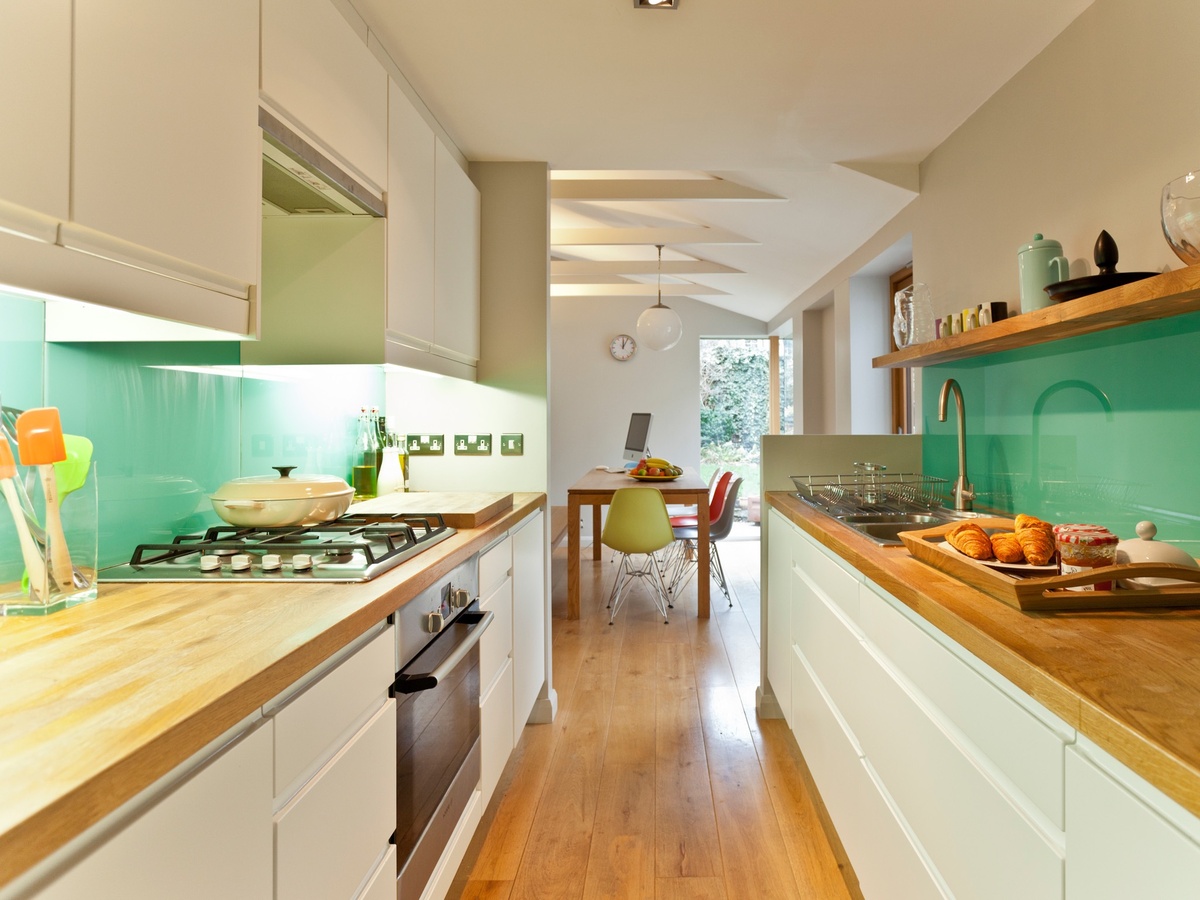
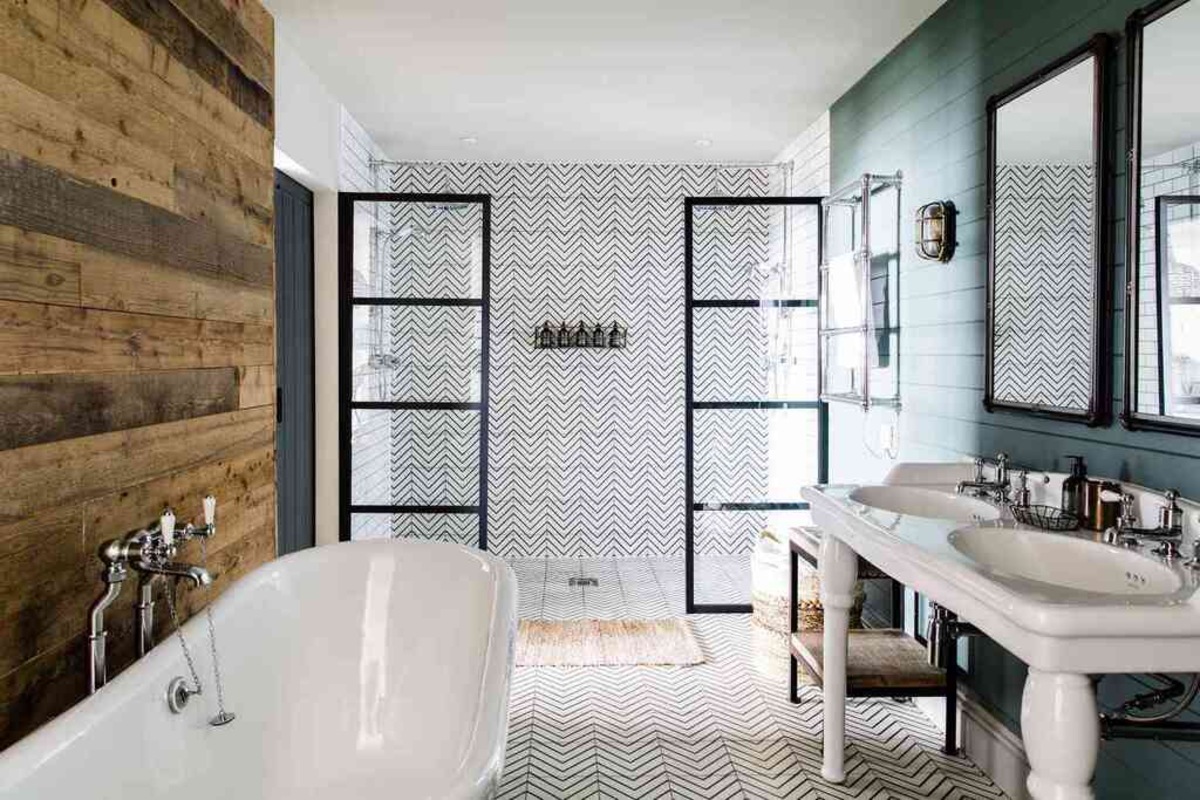
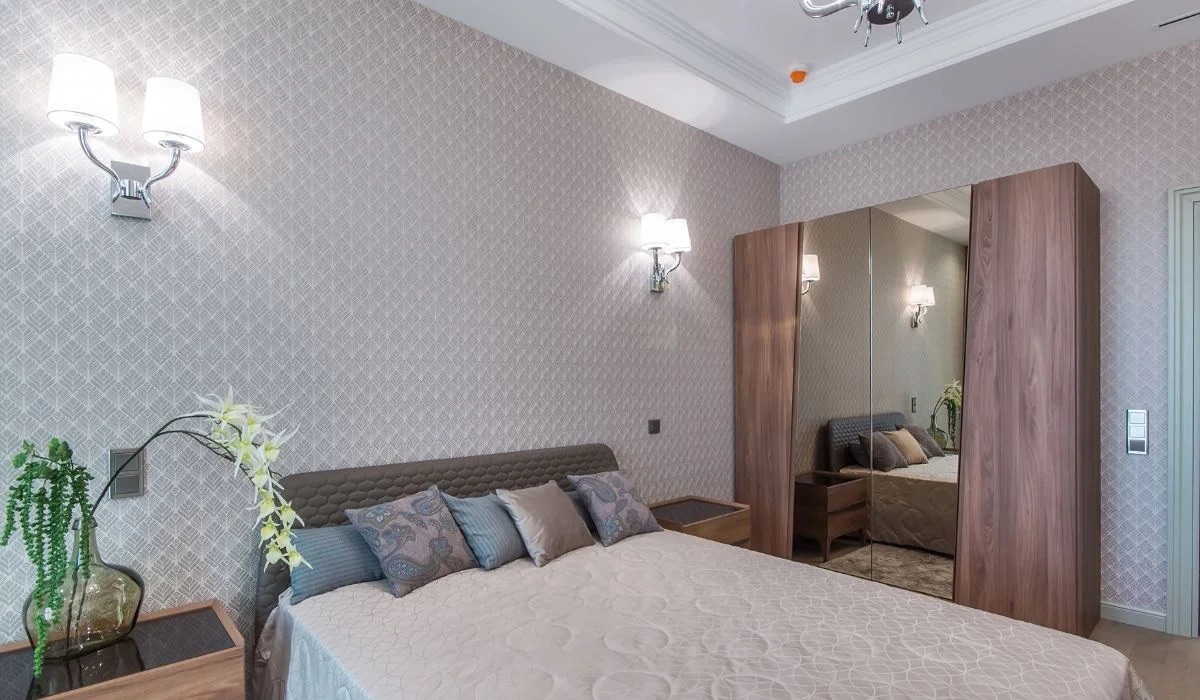

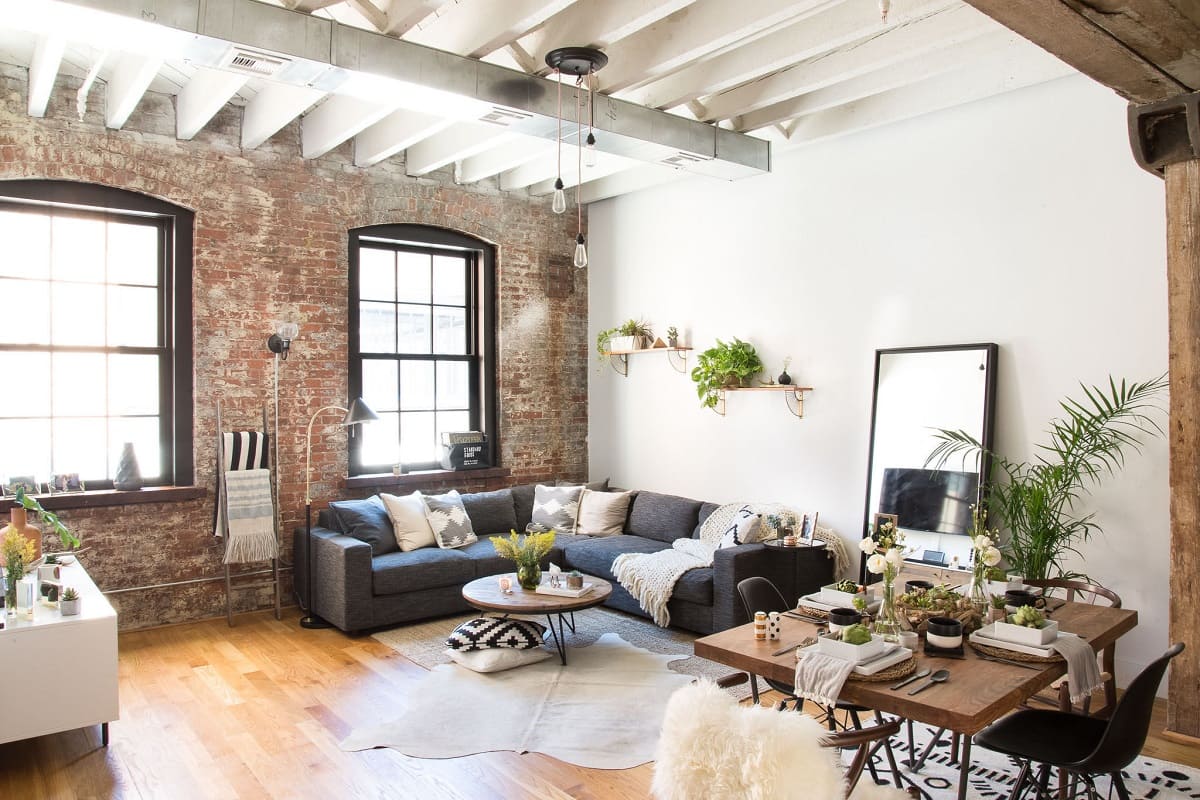
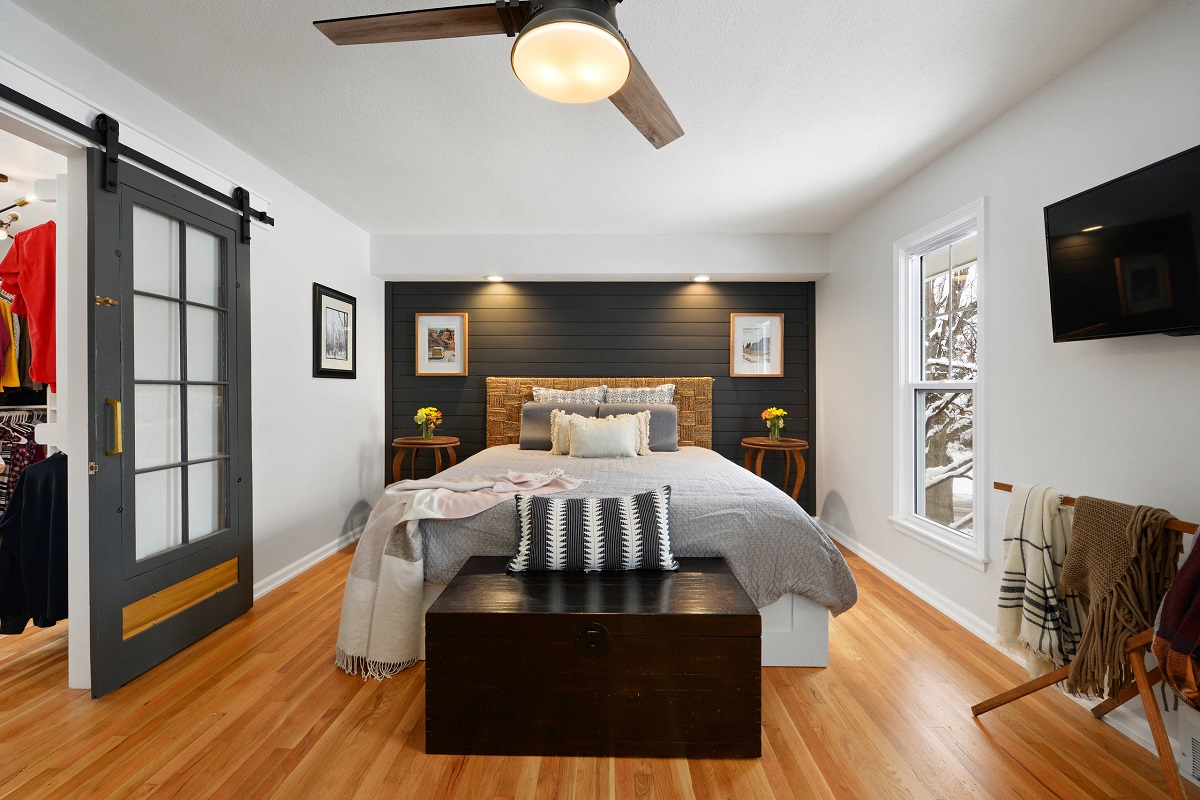
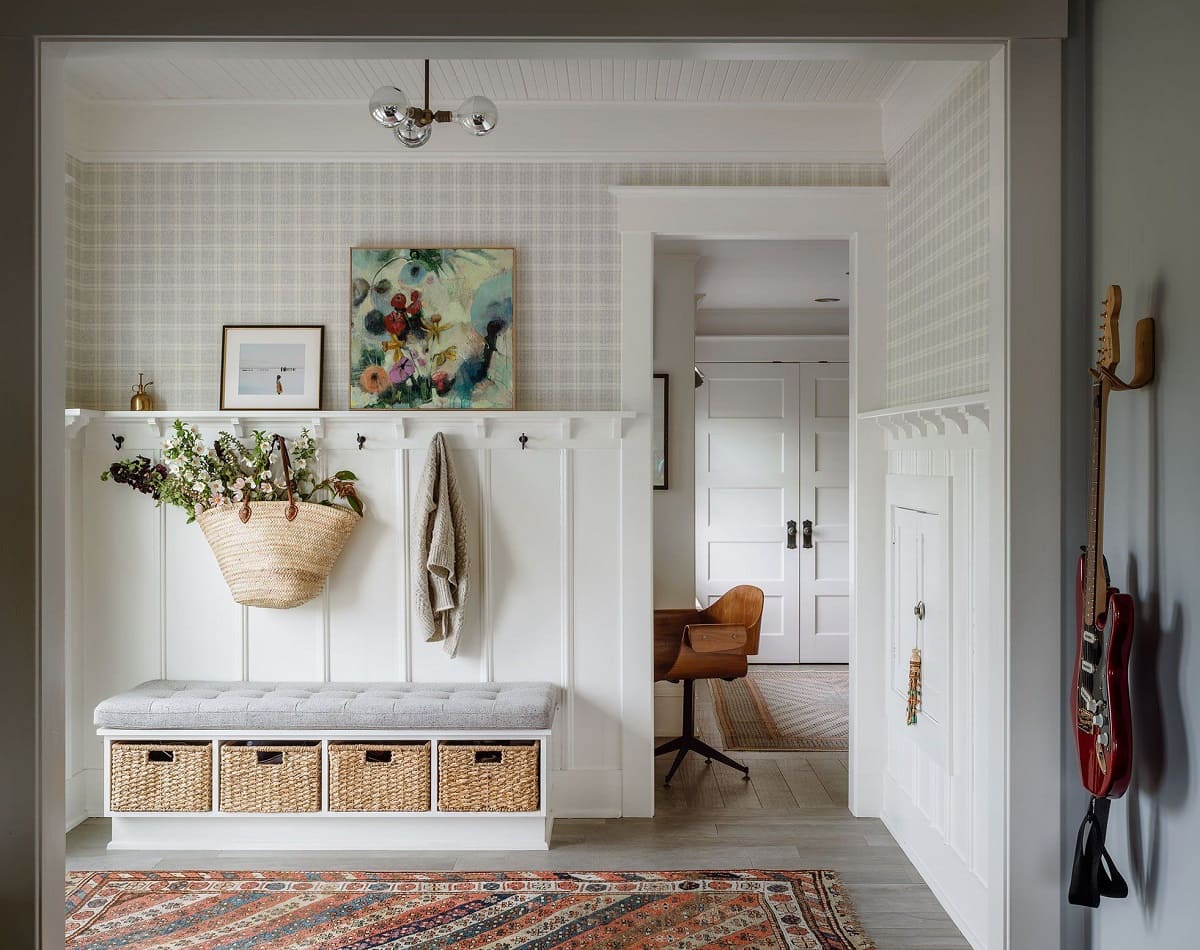
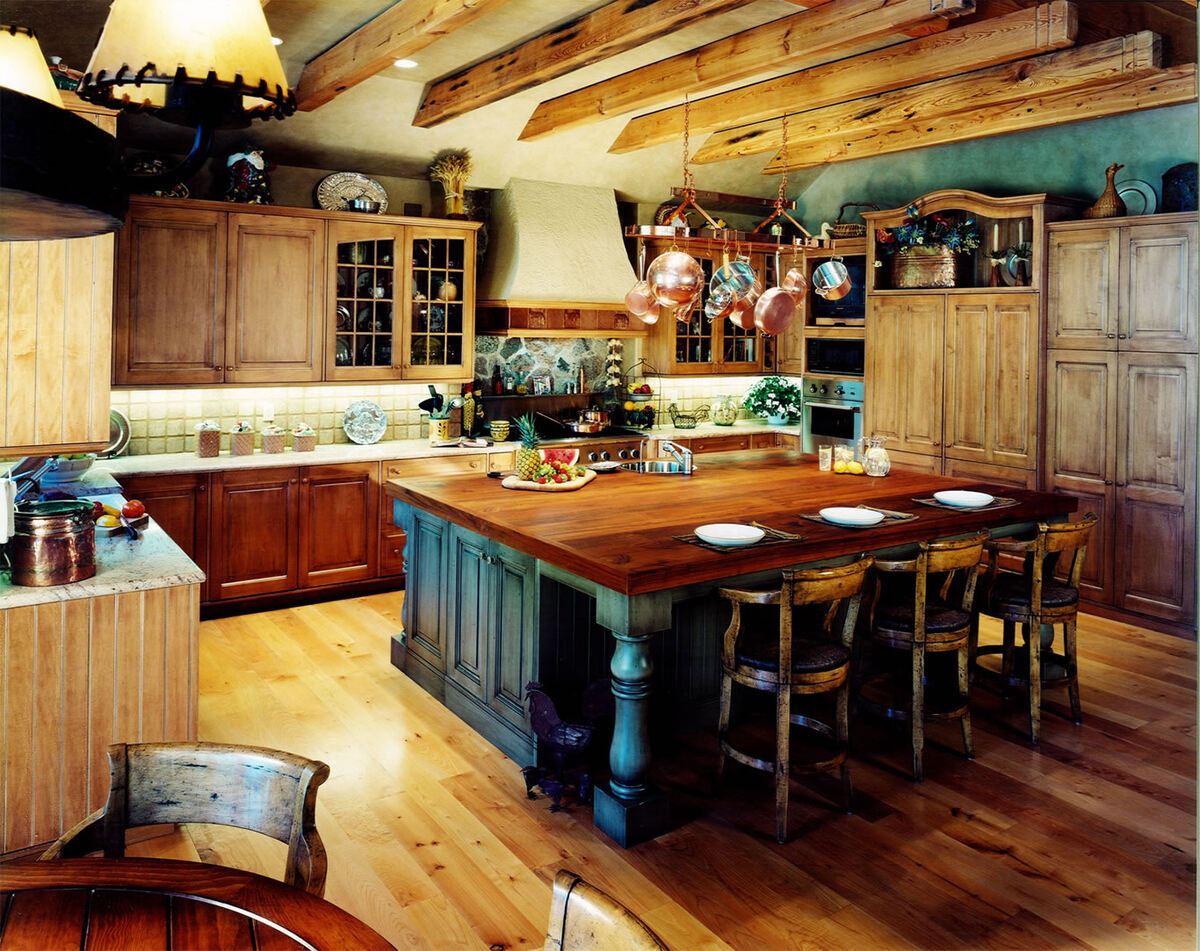

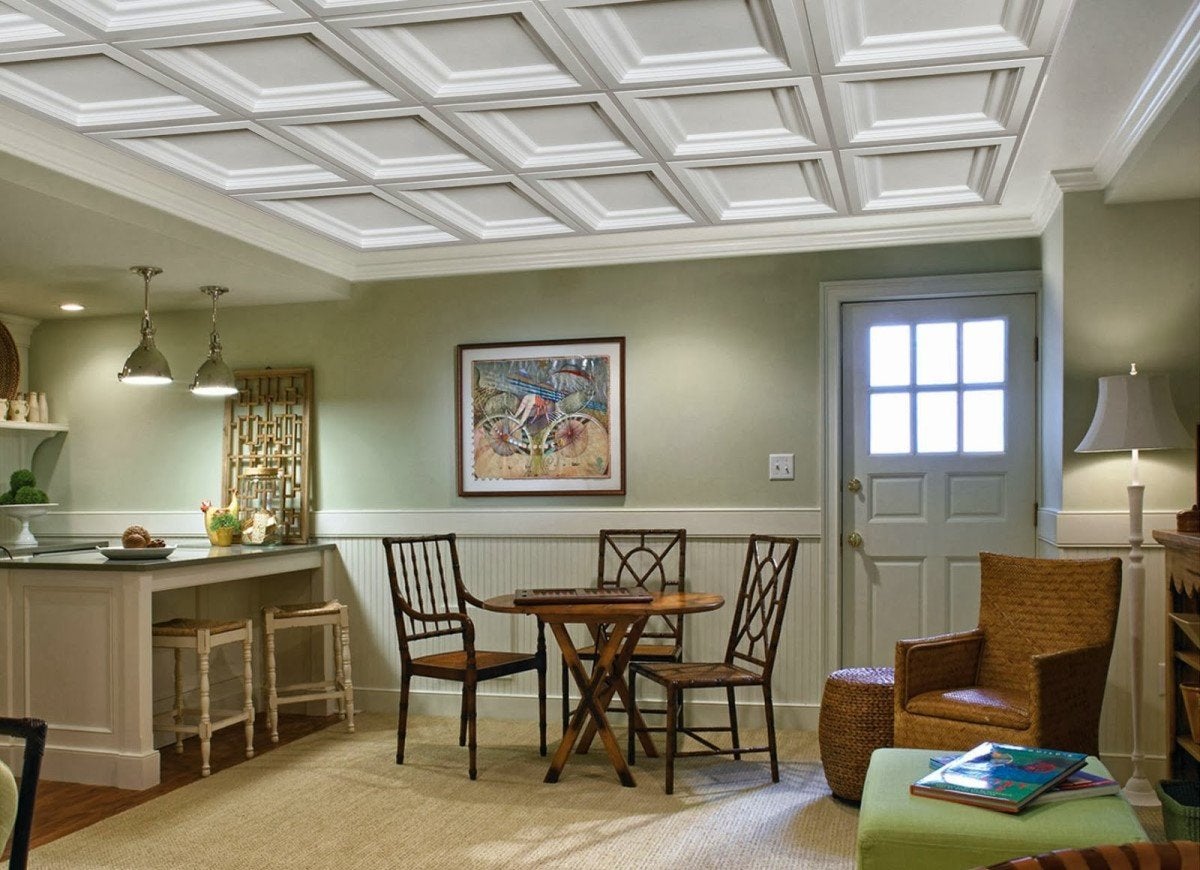
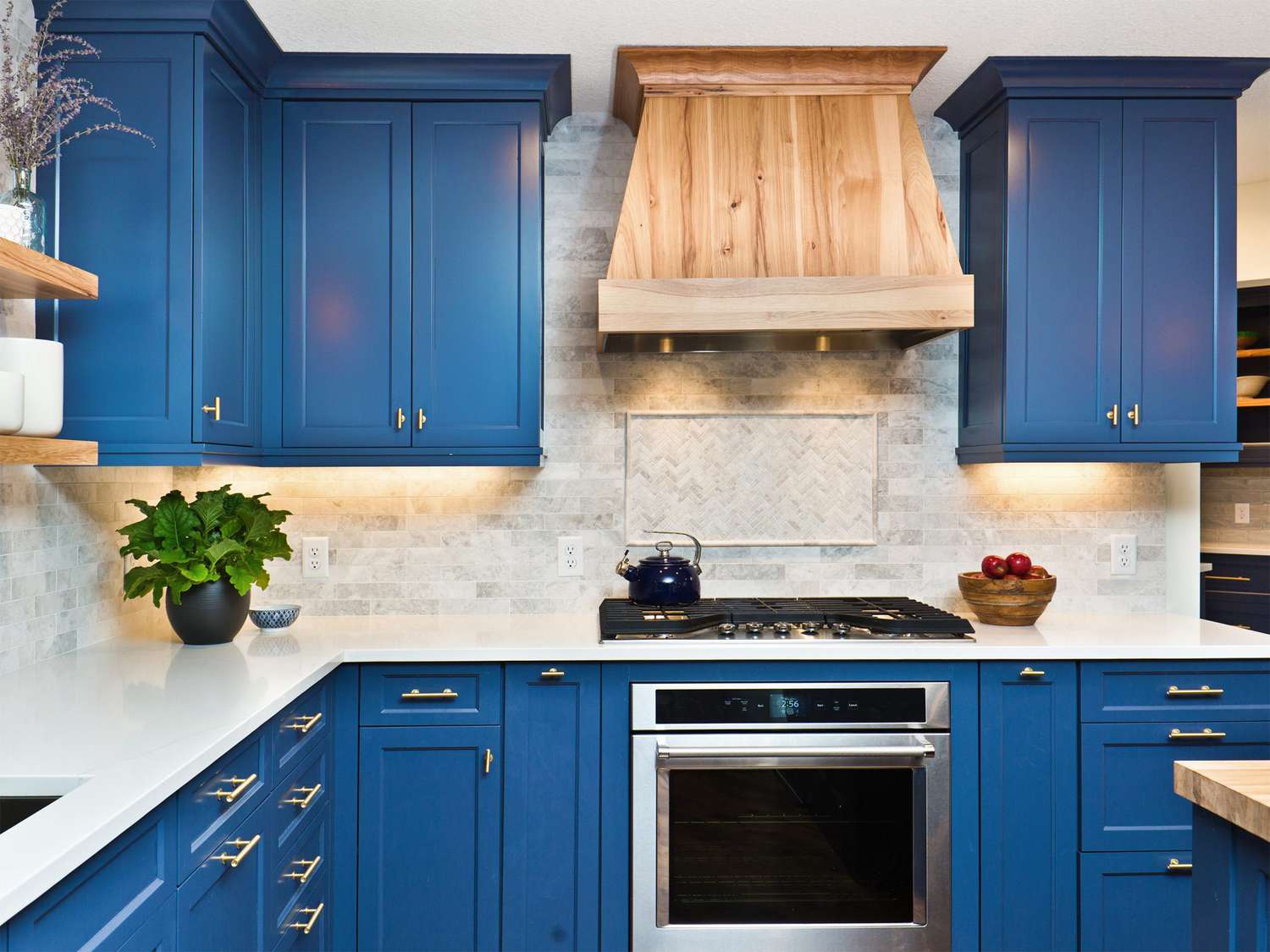

0 thoughts on “Trellis Ideas: 17 Beautiful Ways To Add Vertical Interest”